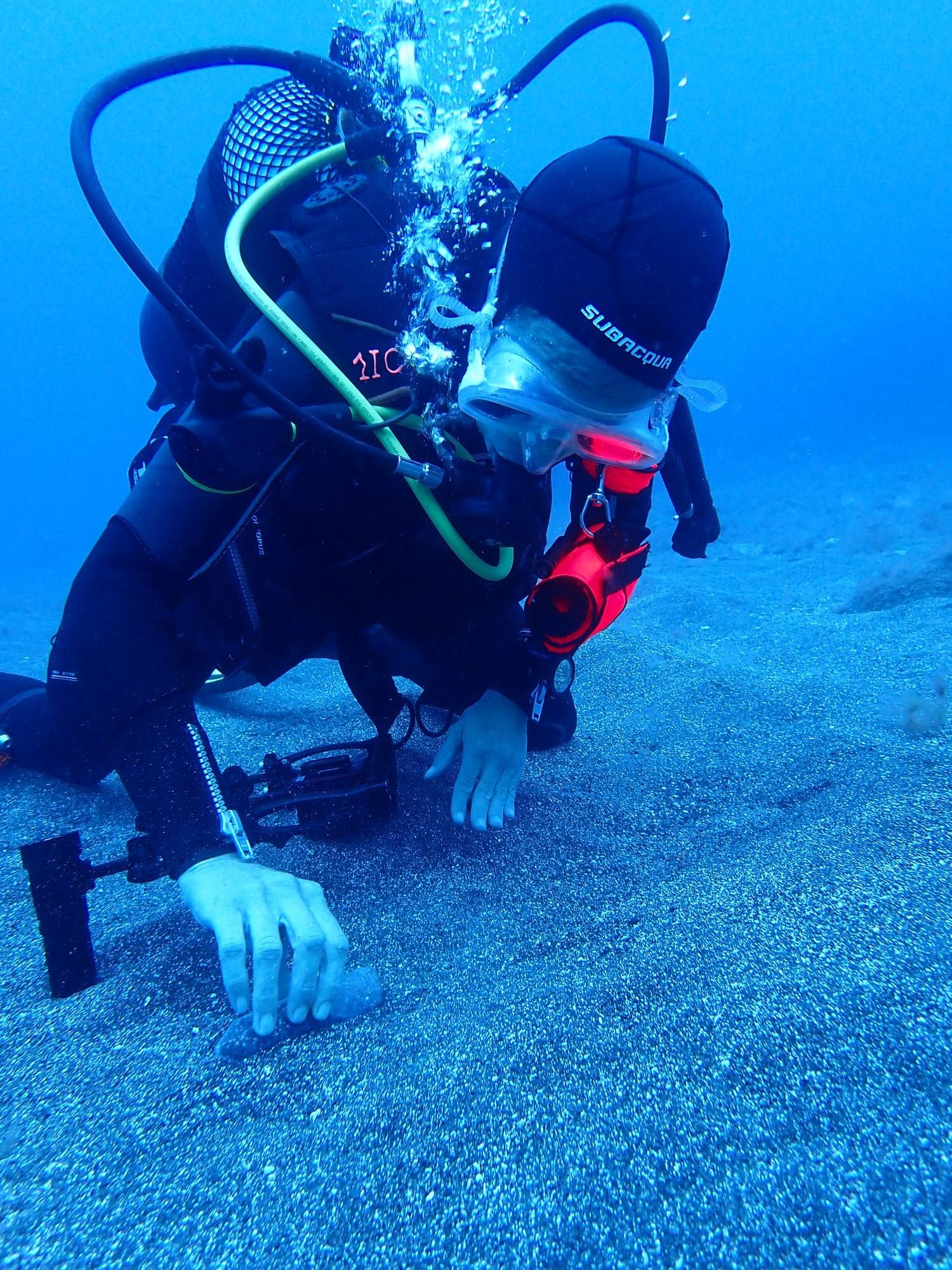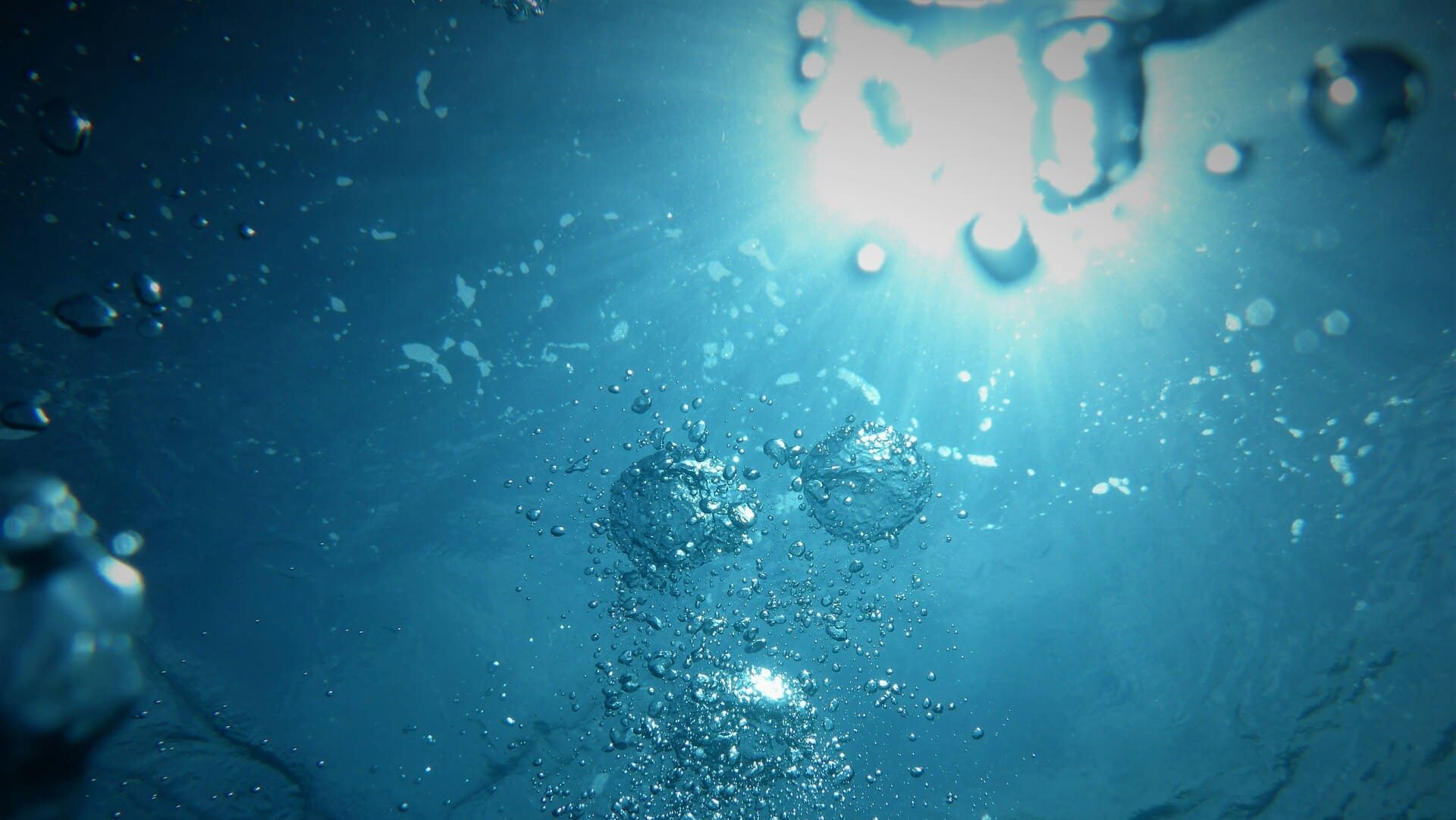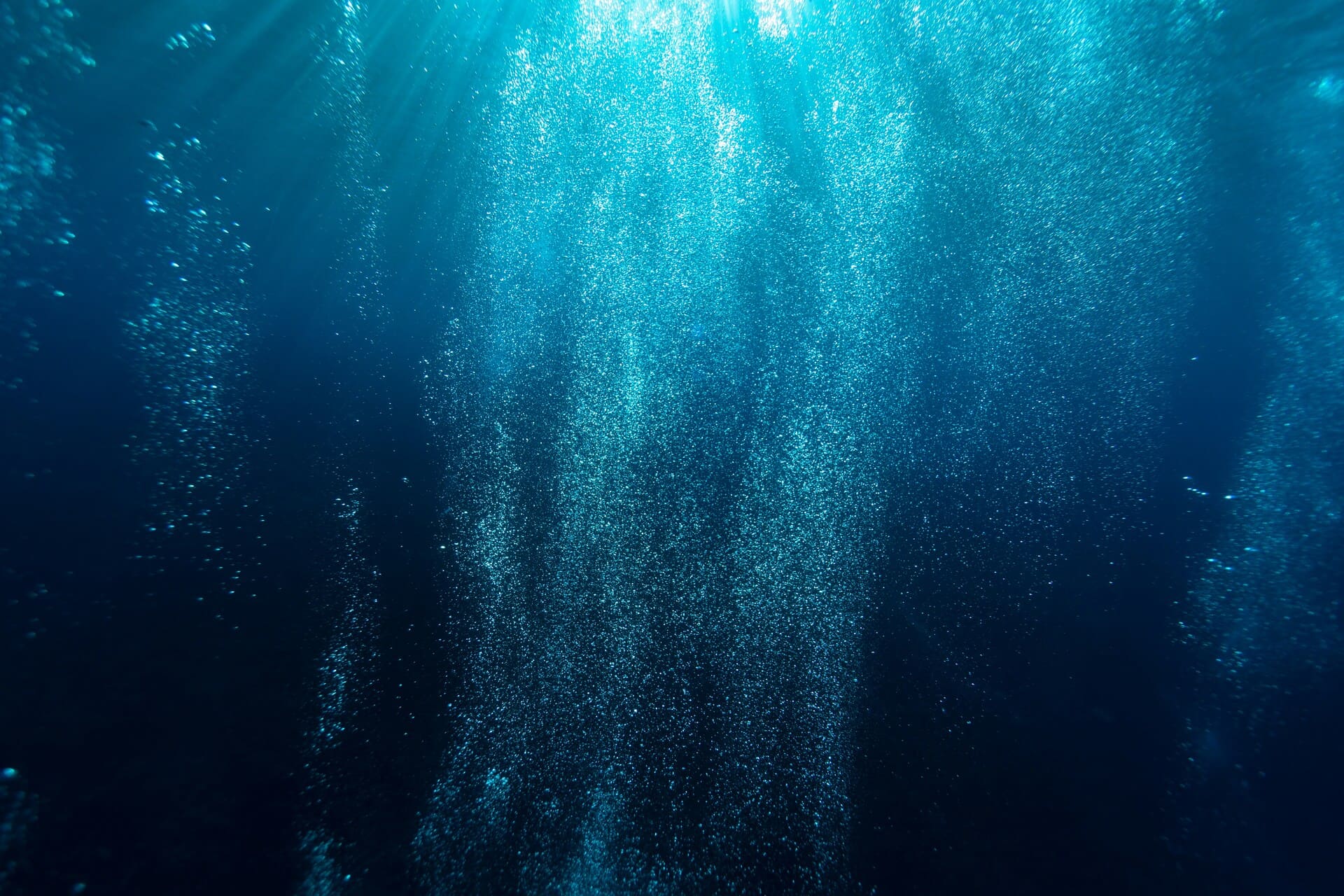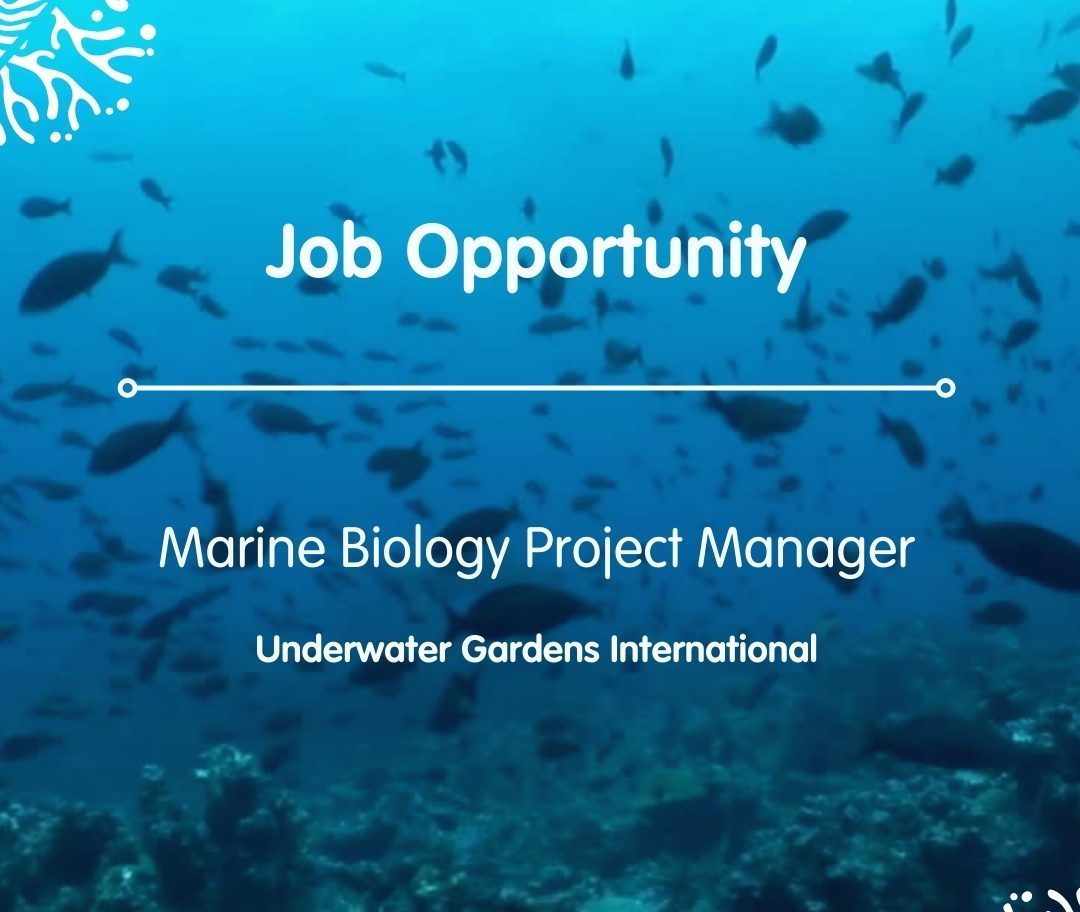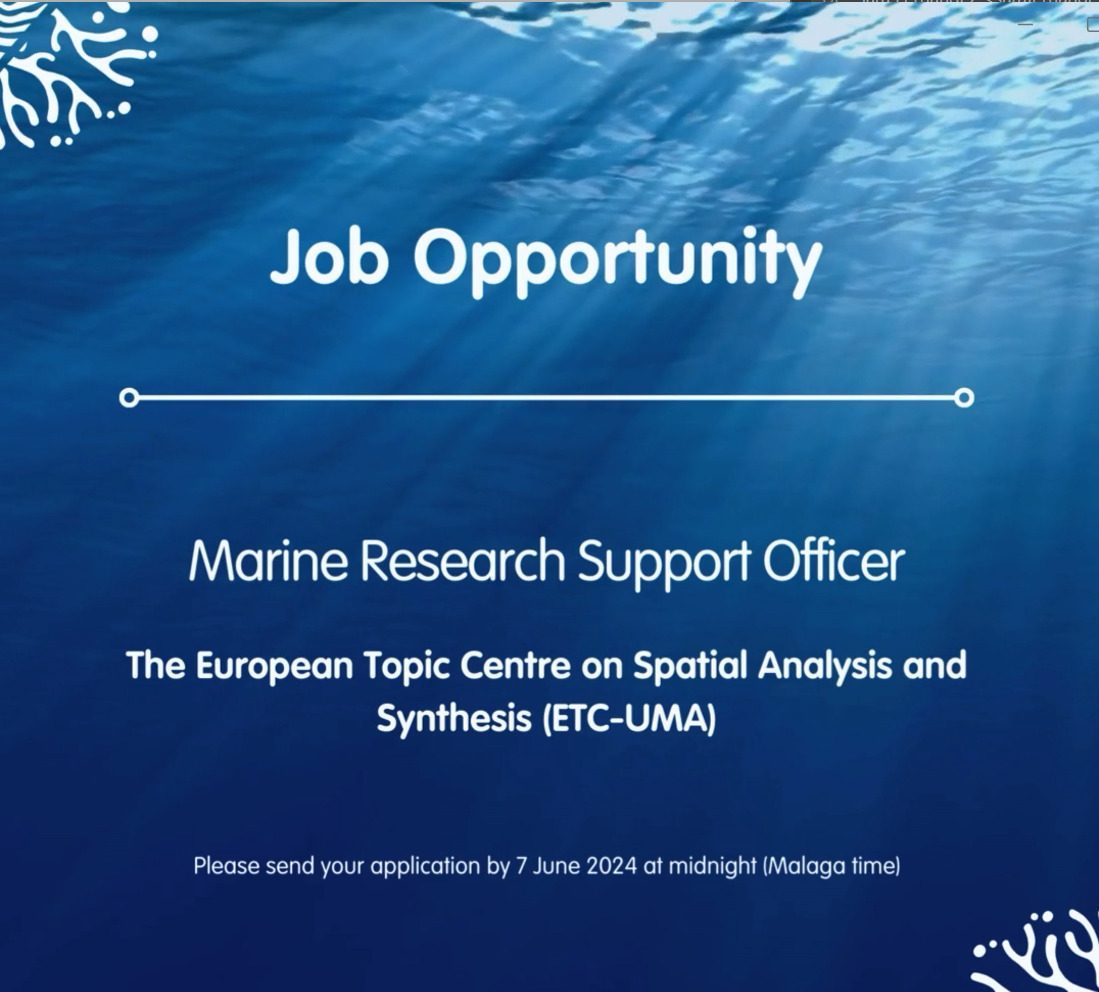A crucial element in achieving OCEAN CITIZEN’s goal of developing an innovative and sustainable protocol for coastal restoration and conservation, replicable and designed explicitly for different ecozones, is to first establish a baseline of local biodiversity. This baseline is essential for monitoring the re-establishment of animal communities in the target restoration areas. The Alfred Wegener Institute Helmholtz Centre for Polar and Marine Research (AWI, Bremerhaven) plays a fundamental role in this task.
AWI assesses local biodiversity using environmental DNA (eDNA) analyses, an approach that complements the diverse methodologies employed by other project partners. Environmental DNA, or “eDNA“, represents the DNA shed by a diversity of organisms moving through the water. As animals swim or float, they constantly shed DNA in the shape of dead cells, mucus, skin, scales, faeces, excretion products, and so on. This free or “extracellular“ DNA also can attach to particles and sink to the seafloor. The seafloor sediment therefore represents a repository of DNA of the animals living in it as well as of those swimming around in the water layers above.
The ARJEL team at AWI is responsible for sampling and isolating eDNA from water and sediment at two primary sites: the main study site in Tenerife in the Canary Islands and the Arctic site in Porsangerfjorden in Norway. To gather samples, they use water samplers (Niskin bottles) to collect seawater at various depths and Van Veen Grabs or divers to obtain sediment.
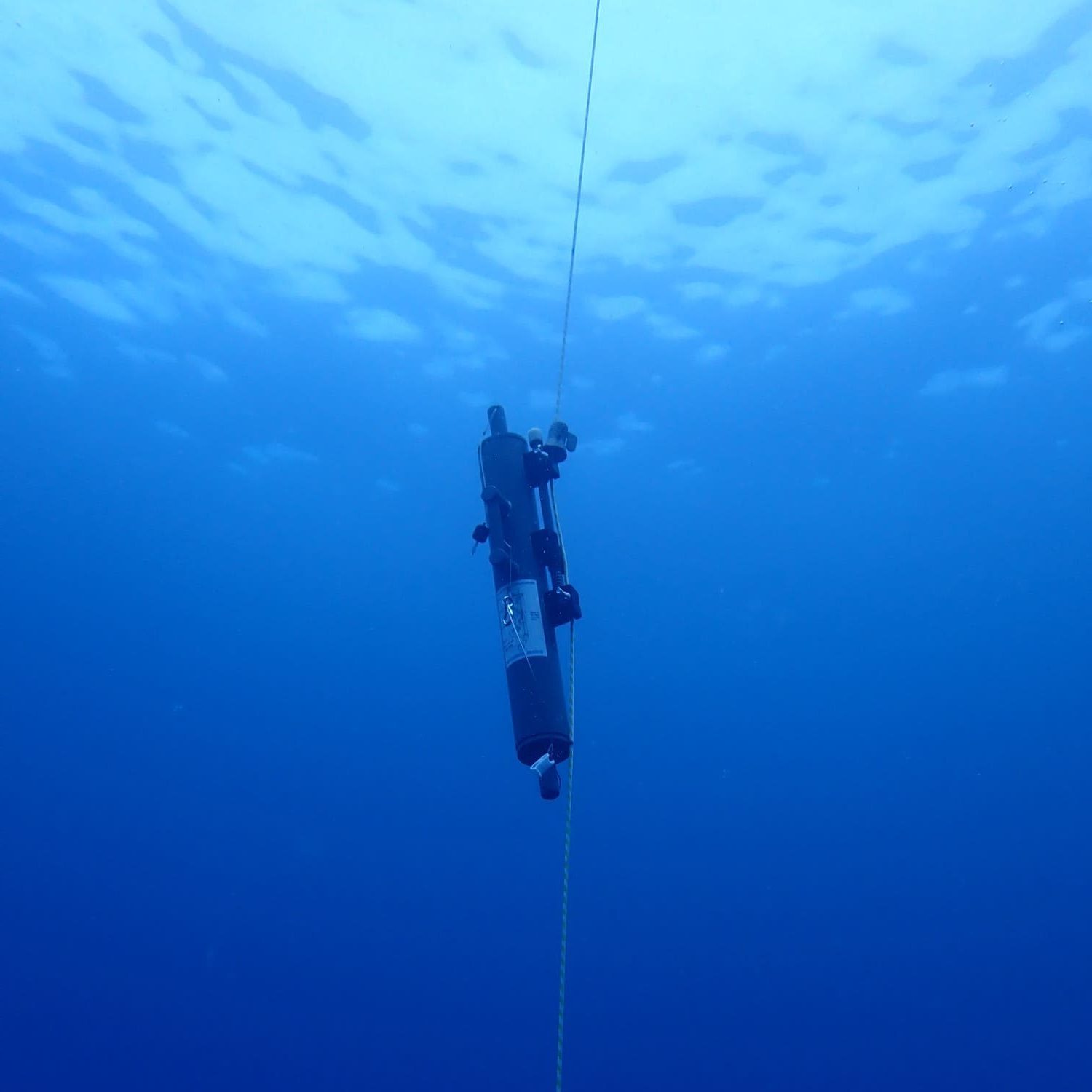
These samples are then analysed in AWI’s laboratories, where they isolate DNA from filtered seawater and sediment samples, obtaining the different DNA sequences via high-throughput DNA sequencing technologies. These sequences are matched against DNA reference libraries to determine their respective species. A comparative analysis is conducted between species inhabiting the water and seafloor in and around the restoration site and other control sites.
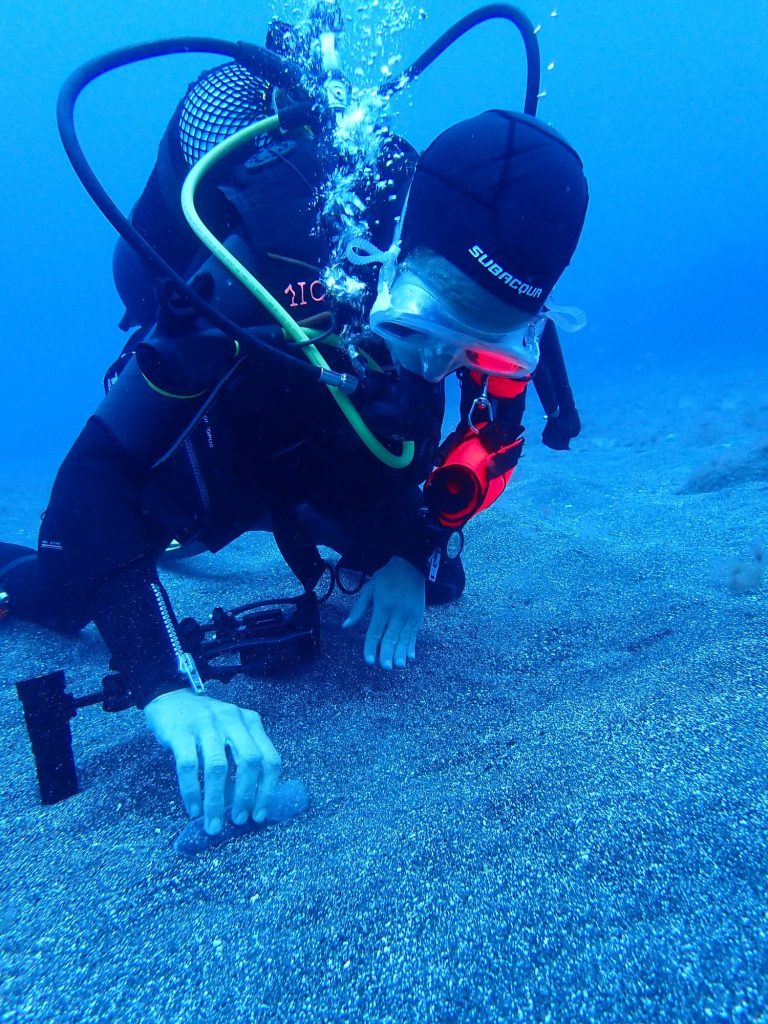
This approach aims to identify the fish and invertebrate species present in these regions and those detectable via their DNA signatures. By comparing the samples before and after restoration measures, researchers can document changes in community composition or a potential increase in species richness.
In 2023, AWI conducted two successful sampling campaigns in Tenerife and one in Porsangerfjorden. Last week, two team members from AWI, Micaela Ruiz and Thore Dammann, returned to Tenerife for a third sampling campaign, covering yet another sampling point that can serve as a baseline for assessing the local species diversity. Operating from the inflatable boat of Pama Diving, they collected water samples with Niskin bottles, while Karima López (Innoceana) and Isabelle Peeters (UGI) scuba-dived to gather seafloor sediment samples.
